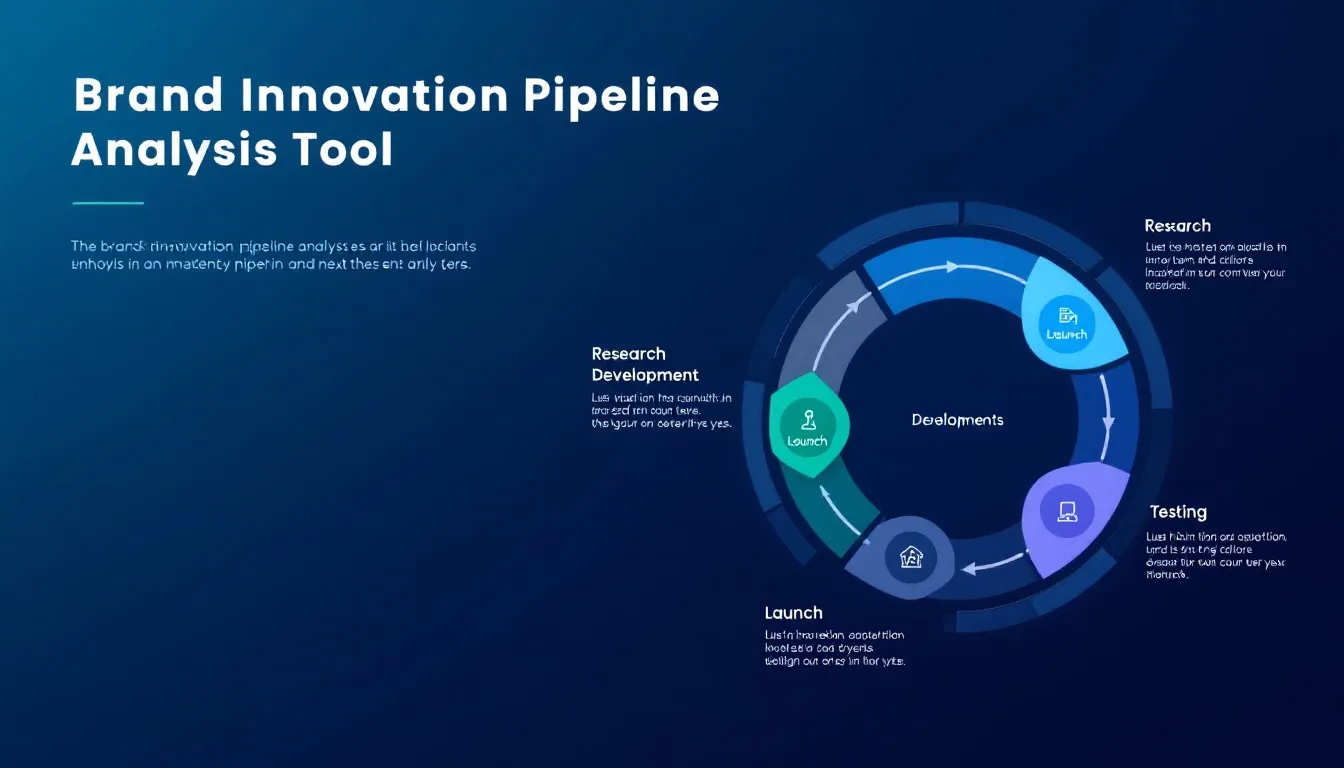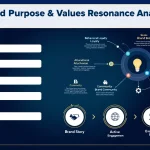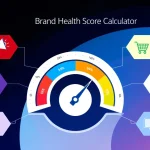Analyzing...
Analysis Results
Is this tool helpful?
How to Use the Brand Innovation Pipeline Analysis Tool Effectively
Follow these steps to evaluate and optimize your brand’s innovation process accurately:
- Brand Name Entry: Enter your brand’s name. For example, “Patagonia” or “Sony Music”.
- Industry Specification: Specify the sector your brand operates in, such as “Outdoor Apparel” or “Entertainment”.
- Current Innovation Process Description: Describe your existing innovation pipeline. Include stages like ideation, prototyping, testing, and launch.
- Brand Assets Documentation (Optional): Highlight your important brand assets, intellectual property, and strengths that contribute to innovation.
- Customer Insights Input (Optional): Share feedback, market research, or customer behavior insights that inform your innovation.
What the Brand Innovation Pipeline Analysis Tool Does
This tool helps you analyze and improve your organization’s innovation stages by integrating customer insights and maximizing your brand assets. It offers a focused view on how your current pipeline works and what can be improved to make it more effective and aligned with market demands.
Purpose of the Tool
- Evaluate your innovation pipeline based on real customer and market data.
- Identify gaps between innovation efforts and customer needs.
- Recommend ways to use brand assets more strategically.
- Provide actionable insights to help streamline and enhance innovation stages.
Key Benefits
- Improved Customer Alignment: Ensures your innovation fits your target audience’s expectations and pain points.
- Resource Optimization: Helps you allocate brand resources and intellectual property where they create the most value.
- Competitive Edge: Strengthens your market position through smarter use of your brand’s strengths.
- Risk Reduction: Reveals potential failure points early in the innovation process, preventing costly setbacks.
Practical Usage and Application of the Tool
Use this tool to gain a clear picture of your innovation strategy and identify areas to improve. Here are some practical applications:
Example 1: Hospitality Industry Innovation Review
- Brand Name: BlueWave Resorts
- Industry: Hospitality and Tourism
- Current Process: Annual cycle focusing on experience design and service innovation
- Brand Assets: Exclusive beachfront properties, strong customer loyalty program
- Customer Insights: Guest satisfaction scores and online reviews
Example 2: Food and Beverage Product Development
- Brand Name: FreshFarm Organics
- Industry: Organic Food Production
- Current Process: Bi-annual product innovation cycle emphasizing sustainable packaging
- Brand Assets: Certified organic ingredients, eco-friendly supply chain patents
- Customer Insights: Consumer trend analysis and farmer feedback
This tool helps you evaluate your innovation from a holistic perspective — covering process, assets, and customer focus — enabling you to take meaningful steps toward more effective product and service launches.
Core Elements Evaluated by the Brand Innovation Pipeline Analysis
- Customer-Centricity Assessment: Measures how well your innovation aligns with customer needs and feedback.
- Innovation Process Evaluation: Reviews the stages and efficiency of your innovation pipeline.
- Brand Asset Utilization: Analyzes how effectively you leverage intellectual property and brand strengths.
- Strategic Alignment: Checks if innovation goals support overall business objectives.
- Roadmap Development: Outlines actionable steps to enhance your innovation process.
Frequently Asked Questions About Brand Innovation Pipeline Analysis
Q: How frequently should I perform an innovation pipeline analysis?
Conduct a full analysis once a year, with quarterly reviews of key innovation metrics to track progress and adjust strategies.
Q: What indicates strong performance in an innovation pipeline?
Look for high rates of successful product launches, positive customer adoption, efficient resource use, and measurable return on innovation investments.
Q: How do I increase customer focus in innovation?
Collect regular customer feedback, integrate agile methods, and stay informed with ongoing market research throughout all innovation stages.
Q: What role do brand assets play in the innovation process?
Brand assets serve as competitive tools and platforms, helping differentiate your offerings and support new product development.
Q: How can I measure the effectiveness of my innovation pipeline?
Track metrics like time-to-market, customer satisfaction, innovation success rates, and revenue growth from new products.
Best Practices for Implementing Innovation Pipeline Improvements
- Maintain Regular Assessments: Schedule ongoing analyses to identify gaps and improvements.
- Engage Stakeholders: Include cross-functional teams and leadership in evaluation and planning.
- Base Actions on Data: Use measurable insights to guide decision-making.
- Implement Continuous Improvement: Create feedback loops that refine your pipeline processes.
- Align Resources: Ensure your team and assets focus on prioritized innovation opportunities.
Important Disclaimer
The calculations, results, and content provided by our tools are not guaranteed to be accurate, complete, or reliable. Users are responsible for verifying and interpreting the results. Our content and tools may contain errors, biases, or inconsistencies. Do not enter personal data, sensitive information, or personally identifiable information in our web forms or tools. Such data entry violates our terms of service and may result in unauthorized disclosure to third parties. We reserve the right to save inputs and outputs from our tools for the purposes of error debugging, bias identification, and performance improvement. External companies providing AI models used in our tools may also save and process data in accordance with their own policies. By using our tools, you consent to this data collection and processing. We reserve the right to limit the usage of our tools based on current usability factors.







